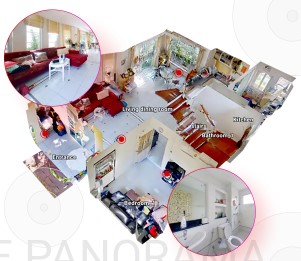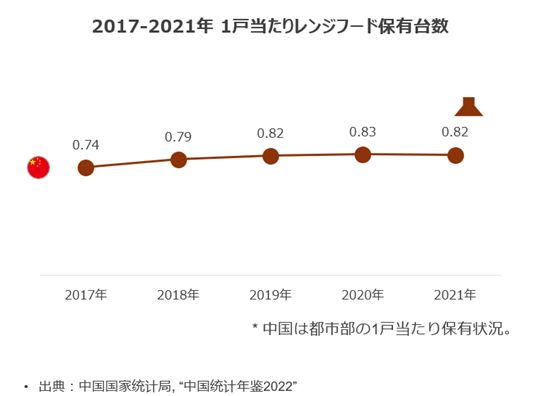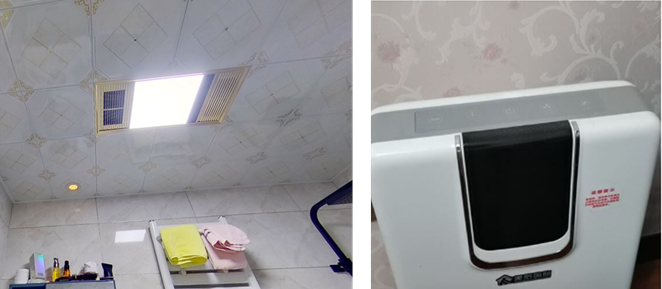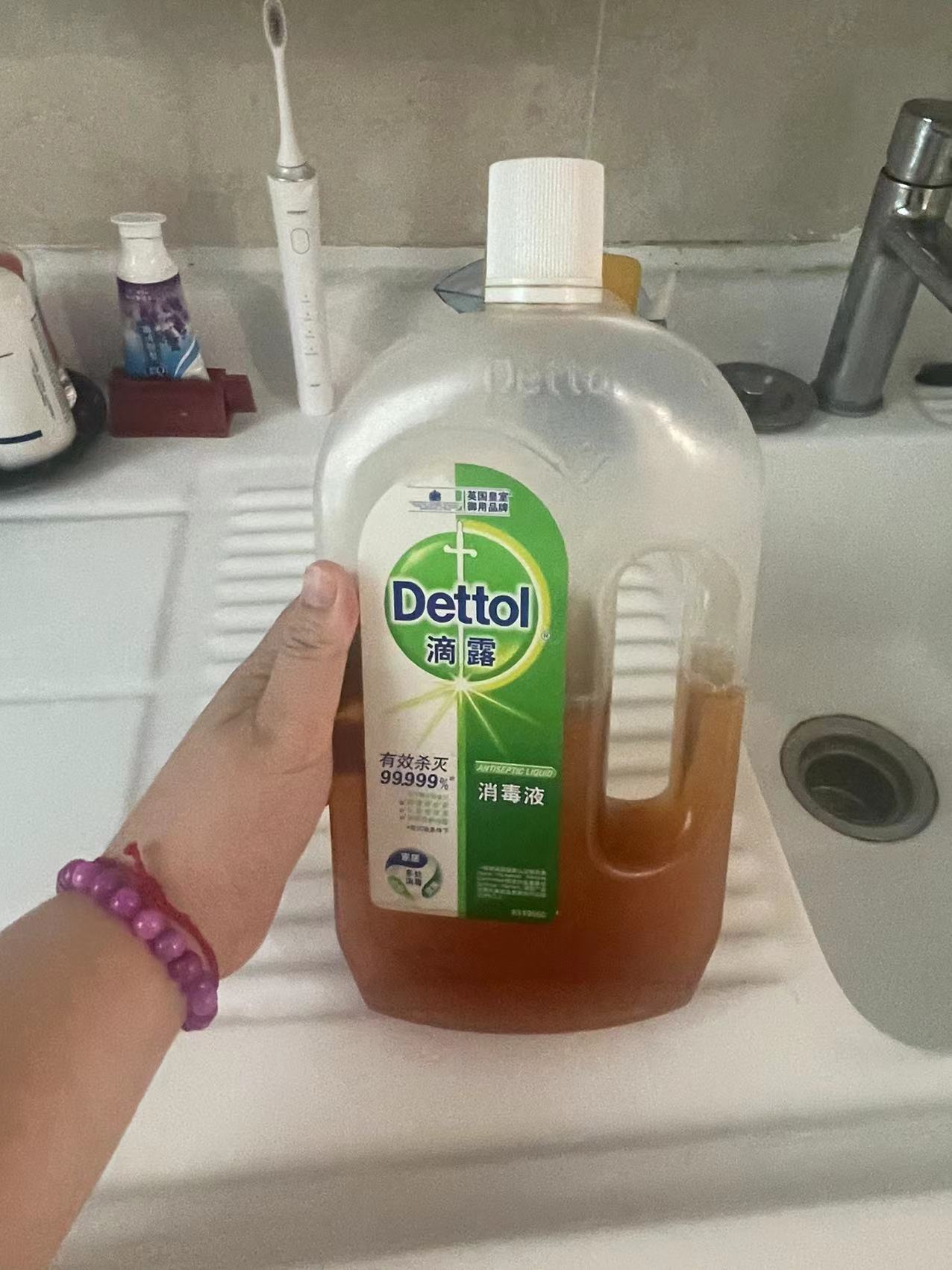[China: World Residence Tour] Commitment to Indoor Air Quality
- Release date: Jul 28, 2023
- Update date: Sep 11, 2025
- 4806 Views
China's EV Edition (https://www.global-market-surfer.com/pickup/detail/386) previously explained that one reason the Chinese government shifted its focus toward EVs was the worsening environmental challenge of air pollution. In fact, since air pollution became a major concern for general consumers, the importance of improving indoor air quality has also gained recognition. This time, we will introduce consumers registered in Consumer Life Panorama to explain the concerns Chinese consumers have about indoor air quality in their homes and the efforts they make to improve it.
Factors Affecting Indoor Air Quality
Around ten years ago, air quality improvement began gaining attention in China, triggered by PM2.5 air pollution. The government has implemented measures such as promoting clean energy as a substitute for coal and shifting from conventional gasoline vehicles to EVs. Meanwhile, among consumers, improving indoor air quality at home has also become a priority.
Generally, for Chinese consumers, there are four major factors affecting indoor air quality.
First is cooking fumes, which most significantly impact air quality in kitchen and dining spaces. Chinese cuisine involves cooking in cast iron woks over high gas flames, using large amounts of oil to maintain high temperatures while stir-frying ingredients for optimal flavor. This method generates more cooking fumes than Japanese or Western cooking styles. Consequently, kitchen walls and floors become greasy, and prolonged exposure poses health risks for homemakers who spend long hours at the stove.
The second is indoor PM2.5. While masks can be worn outdoors for protection, wearing one constantly indoors is impractical, necessitating alternative solutions. Especially since PM2.5 became a societal concern, residents have begun prioritizing indoor air purification. Air purification is now prioritized not only for PM2.5 but also as a virus countermeasure, especially since the COVID-19 pandemic. Regionally, it's particularly emphasized in northern China, where coal-based heating is concentrated during winter (see this article for details on centralized heating: https://www.global-market-surfer.com/pickup/detail/200).
Third is humidity. Especially in older homes, Chinese bathrooms often combine the shower, sink, and toilet into a single space, frequently without even a partition. This setup makes humidity particularly problematic in southern China, where there is a rainy season. Furthermore, some households place washing machines in the bathroom, creating an environment that can lead to washing machine malfunctions.
The fourth factor is formaldehyde emitted from wall paint and furniture. In China, it's common to purchase properties as bare shells and handle the interior finishing oneself. Wall paint and custom-made furniture release formaldehyde, so it's generally not possible to move in immediately after finishing the interior work. Until the formaldehyde concentration drops to a certain level, it can be lethal to occupants, making this another critical concern for residents.
Room handed over as a bare shell (CN_96)
Source: Consumer Life Panorama
What is Consumer Life Panorama?
This is a website-type database that has accumulated visual data on more than 1,000 sei-katsu-sha from 18 countries around the world. The database includes many 3D models of living environments and 2D data of items owned by each sei-katsu-sha, and is useful for understanding overseas sei-katsu-sha, which is difficult to grasp using only letters and numbers.
Using visual data such as those cited in this column,
Compare the differences in the attributes of overseas consumers
To get a realistic understanding of the actual usage of each category
To understand the overall lifestyle of target consumers
etc., can be utilized as a “no-go” home visit survey.

Measures and Concerns for Improving Air Quality
So far, we've introduced the four main factors affecting air quality. From here, we'll explain how to address each one and what concerns people have.
First, cooking fumes and humidity are primarily solved by improving ventilation. In kitchens, this is primarily managed through range hoods and ventilation via windows installed in the kitchen. According to 2021 data from the National Bureau of Statistics of China, the average number of range hoods per household is 0.82, meaning nearly one range hood is installed per household. Furthermore, in China, many kitchens are separate spaces with doors and windows. Therefore, during and after cooking, people typically leave the kitchen window open for ventilation.

Number of Range Hoods per Household
Source: Author's compilation based on data from the Statistical Yearbook of the National Bureau of Statistics of China
On the other hand, ventilation is particularly difficult to resolve in bathrooms without separate wet and dry zones. Consequently, a recent trend has emerged where households first strive to create some form of wet/dry separation within the room. Furthermore, while some households previously used bathroom heaters as a cold-weather countermeasure during showers, integrated units combining ventilation and heating—similar to those used in Japan—have become increasingly common in recent years.
Furthermore, since indoor PM2.5 primarily originates from outdoors, simply opening windows for ventilation is insufficient. Therefore, many households purchase air purifiers and place them in the living room or bedroom. In northern China, where centralized heating is used during winter, the heavy reliance on coal leads to significant pollutant emissions and severe PM2.5 damage. Households with children or elderly members often install purifiers in their rooms. Chengdu, Sichuan Province, has also seen considerable recent media coverage of PM2.5 issues. This stems from Chengdu's rapid economic development coupled with its basin location, which traps industrial pollutants, preventing them from dispersing easily. Chengdu likely has a significant demand for air purifiers as well.

Chinese bathroom with ventilation system (CN_88) and air purifier installed in bedroom (CN_84)
Source: Consumer Life Panorama
Finally, there's formaldehyde. Currently, there are no effective countermeasures against it. The basic approach is to keep windows open for ventilation for about two to three months after interior work is completed, allowing concentrations to drop to safe levels before moving in. Additionally, it's said that formaldehyde emissions increase as temperatures rise. Some households therefore complete interior work and move in furniture before summer, allowing formaldehyde to dissipate to some extent during the summer months before moving in.
-

Author profile
Yang Yan
A Chinese researcher based in Japan shares insights on overseas consumer lifestyles, primarily focusing on China. Whenever I buy a new shelf, I make it a habit to place a formaldehyde-removing sheet in one of the drawers.
-

Editor profile
Risa Takahama
I was in charge of building the Global Market Surfer website. Since my child was born, I've purchased and used an air purifier, but I still feel that opening two or more windows for ventilation results in better air exchange and more effective air circulation than running the air purifier.
 Global Market Surfer
Global Market Surfer CLP
CLP


